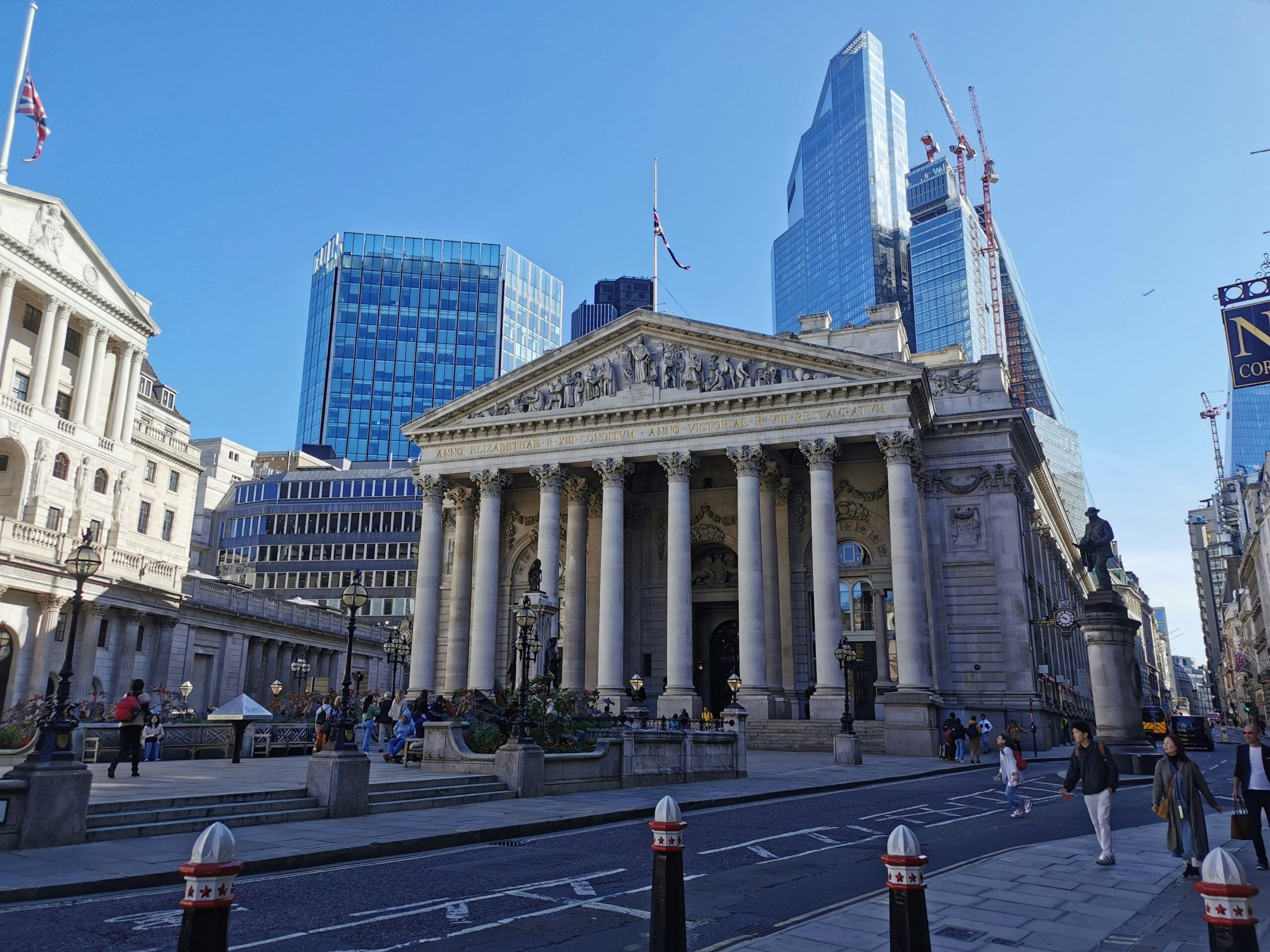Bank of England Holds Interest Rate Steady
On Thursday 19th June the BOE (Bank of England) held benchmark interest rates steady at 4.25% – 4.00% with the MPC (Monetary Policy Committee) voting 6 – 3 leaving rates on course for a potential cut at the next meeting on August 7th, 2025. Two external members Alan Taylor and Swati Dhingra plus the Deputy Governor David Ramsden preferred a quarter point reduction, however experts had already predicted a 6 to 3 vote in favour of holding rates steady. The money markets taking its lead from a more dovish vote by the MPC increased the odds on further interest rate cuts, priced in a further two ¼ of 1% cuts by June 2026. Interestingly, even before today’s announcement the financial markets had already priced in an 80% chance of a ¼% cut in August.
Governor Bailey warned that the world is in a highly unpredictable space with concerns that the current conflict between Iran (a major oil producer) and Israel could affect energy costs by sending them higher, thus negatively impacting prices by driving them higher. The BOE confirmed it is sensitive to events in the Middle East and their impact on oil prices where prices could be driven higher, which could then negatively impact the UK economy. The BOE noted that since their last meeting in May gas prices are up by 11% and oil had risen by 26%, however service inflation* an important indicator for the BOE fell in April from 5.3% to 4.7%
*Service Inflation – is a component of core inflation (excludes energy and food services) and reflects the rate at which the prices of services are increasing or decreasing in an economy. It helps economists, financial experts, and policymakers understand the underlying persistent inflationary pressures in an economy. Energy and food prices are excluded and can be volatile and subject to short-term fluctuations but are included in headline inflation.
Officials from the BOE noted that inflation is expected to edge higher in the coming months peaking at 3.7% in September from 3.4% in April. Experts have noted that the September figure is higher than the BOE’s benchmark target figure of 2%, however officials suggest that this figure will slowly come down with Chairman Andrew Bailey confirming “rates are on a downward path”. Officials also confirmed that they expect the economy to grow by 0.25% in Q2 of this year and statistics released by the ONS (Office for National Statistics) showed food prices had risen by 4.4% in the year to May2025, and overall goods prices rose by 2.0% the most since November 2023.
Analysis issued by the BOE suggest that officials and policymakers are feeling less pessimistic regarding the impact of Donald Trump’s tariffs on the UK and global economy, a change of opinion from their more pessimistic outlook last month. However, they continue to stress whilst their outlook has changed, uncertainty over trade could still negatively impact the UK economy. The MPC whilst still trying to balance a cooling economy against elevated inflation is finding their work is being complicated by the Israel/Iran conflict and the trade policies of President Donald Trump.




